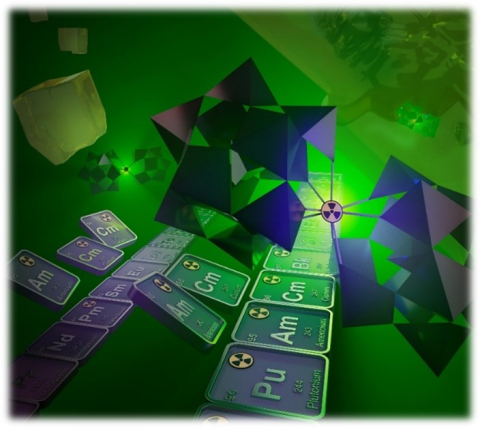
Heavy ligands, like polyoxometalates, open a new frontier in the chemistry of actinide elements.
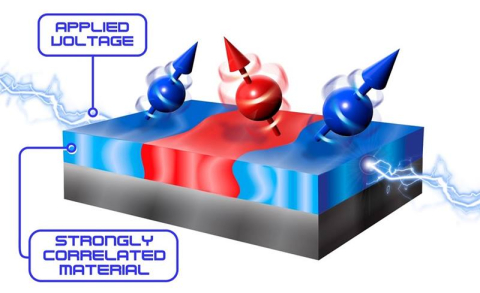
Experiments show that applied voltage can dramatically alter the magnetic properties of quantum materials.
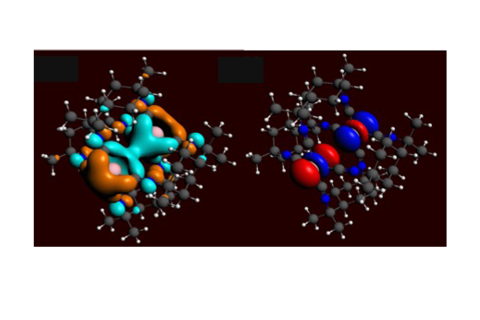
Ultrafast X-ray scattering and advanced numerical simulations decode distinct molecular structures and their equilibration dynamics in metal-metal complexes.
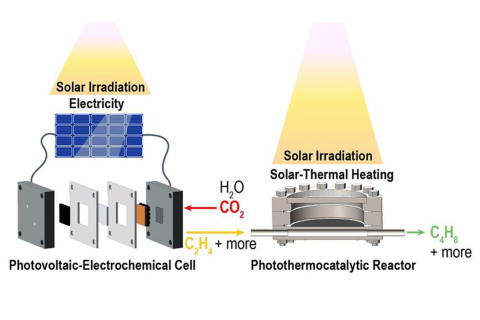
Researchers combine solar energy, electrochemistry, and thermal catalysis to remove the need for fossil fuel-driven chemical conversions.
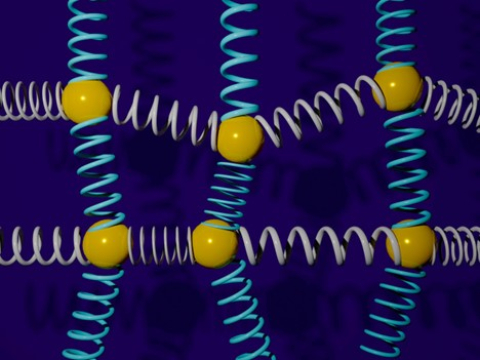
A new quantum algorithm speeds up simulations of coupled oscillators dynamics.
Theorists propose a new approach to electroluminescent cooling that works like inverted solar photovoltaic cells.
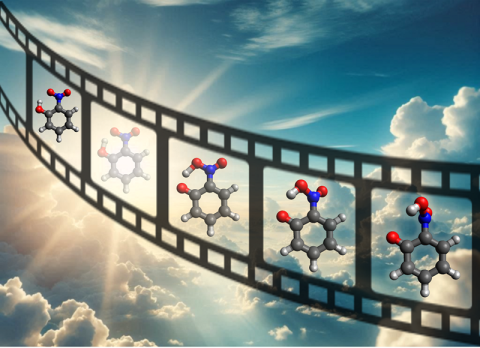
Ultrafast electron imaging captures never-before-seen nuclear motions in hydrocarbon molecules excited by light.
![A gas-phase X-Ray scattering experiment captures cyclopentadiene rapidly transforming into the strained bicyclo[2.1.0]pentene. This structure change is triggered by a pump pulse (blue) and detected through X-ray scattering (yellow).](/sites/default/files/styles/embed_image_large_480px_width_/public/2024-12/120424-bes-carbon-rings.jpg?itok=VcF8IfUH)
Ultrafast X-ray experiments provide direct evidence that interaction of light with a hydrocarbon molecule produces strained molecular rings.

Copper catalysts play an unexpected oxidizing role during unassisted photocatalysis when coupled with plasmonic light absorbers.
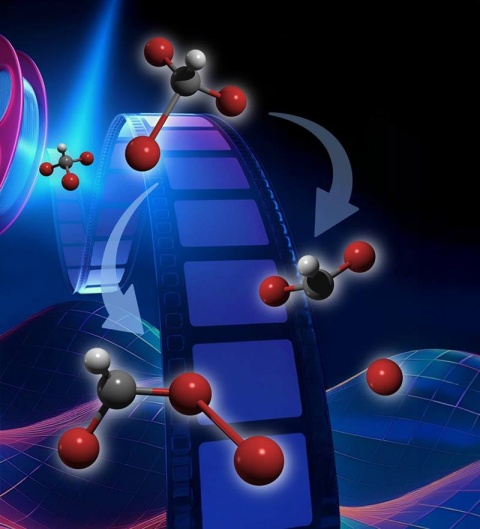
Ultrafast electron diffraction imaging reveals atomic rearrangements long suspected to be crucial in the photochemistry of bromoform.

